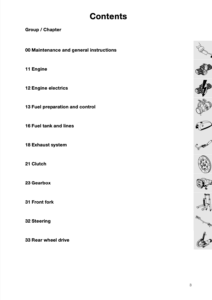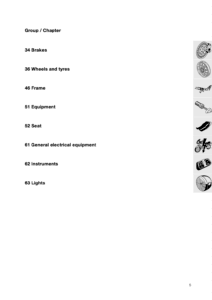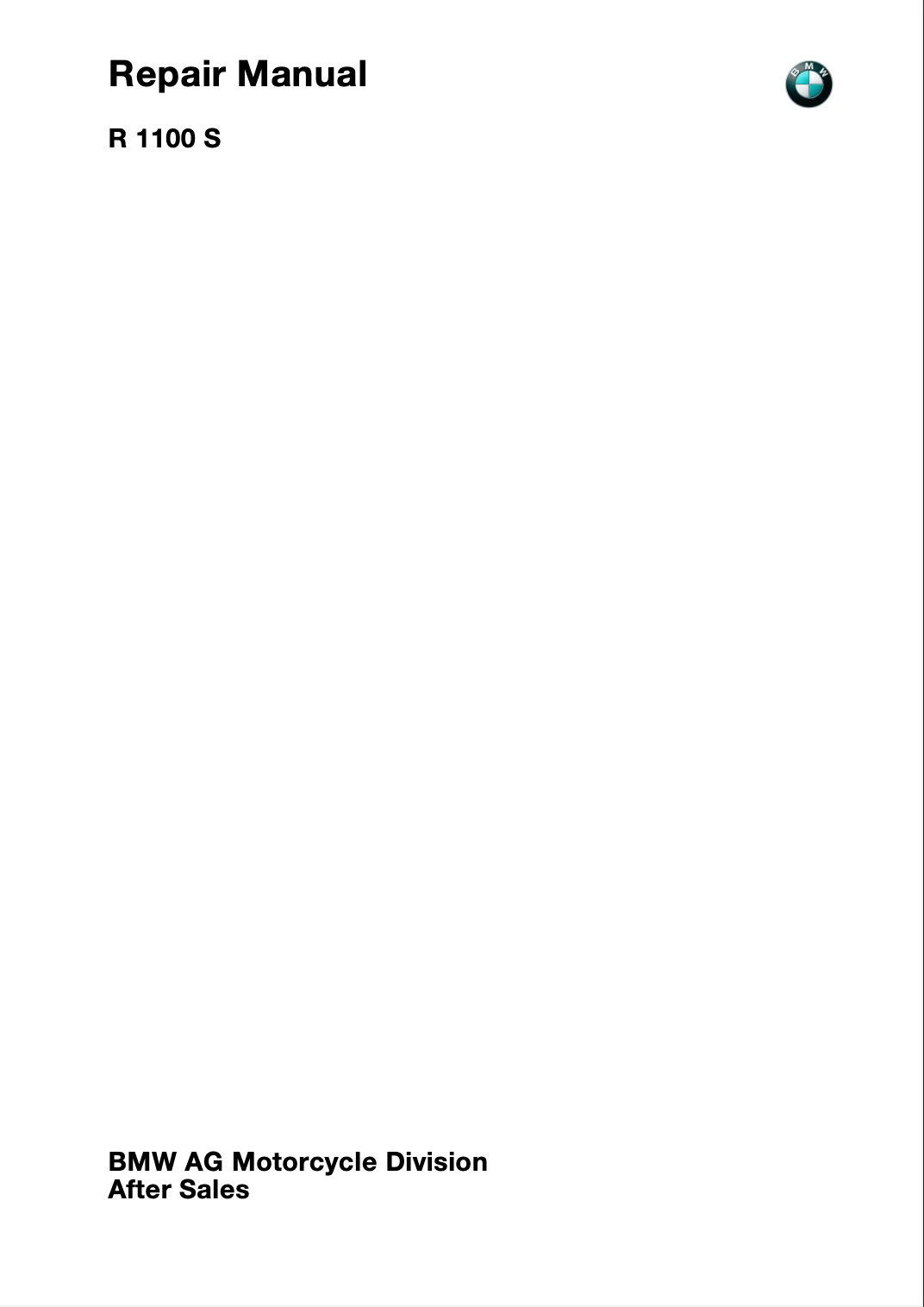Complete PDF version of the Service Manual for the BMW R1100S. A MUST for every R1100s owner.
Download: Immediately after payment!
OEM Original factory workshop manual.
Models covered by this manual: 1998 to 2005
Number of pages: 302 pages
Table of contents:


This PDF repair manual can be downloaded right after the payment process in complete, on the device of your choice.
We do not offer printed manuals, for the following reasons:
- it is more eco-friendly to use a digital version
- your manual never gets dirty or greasy
- you can always choose to print the specific page(s) you need to work on your bike
- you receive your manual immediately after payment
- it is searchable

BMW R1100S
The BMW R1100S is a sporting motorbike produced by BMW Motorrad from 1998 to 2005. The R1100S, which debuted 25 years after the R90S, the company’s first sports bike, was the first BMW bike to have clip-on handlebars, rearset footrests, and a detachable cowl to cover the pillion seat. It has been described as a “sporty sports-tourer” with approximately 100 horsepower.
Design
The engine is a flat-twin “oilhead” with oil-cooled heads but air-cooled cylinders. The 1,085 cc fuel-injected eight-valve engine is derived from the BMW R1100RS and is tuned for a maximum output of 98 horsepower (73 kW) at 8,400rpm. It was BMW’s most powerful boxer engine to date, and the first to be paired with a six-speed gearbox. The chain-driven camshafts in the cylinder heads of the ohv engine operate the valves through short pushrods and rocker arms. Dual ignition, with two spark plugs per cylinder, was used in engines manufactured from 2003. The BMW K1200RS inspired the small close-ratio six-speed gearbox. The highest gear, far from being a touring overdrive, delivers 20 mph every 1,000rpm, thus at 80 mph, the engine rotates at 4,000rpm.
The R1100S has a composite aluminum frame to which the suspension components are mounted, in addition to the engine acting as a stressed element. The front suspension is BMW’s proprietary Telelever, which has lengthy telescopic fork sliders with no springs or dampening. Braking forces are returned to the frame through a pivoting wishbone to reduce “fork dip.” This wishbone’s monoshock handles springing and dampening. BMW’s “Paralever” rear suspension is a single-sided swinging arm with shaft drive. The paralever is mounted directly to the frame rather than to the gearbox as on previous oilheads. According to one critic, “the consequence is improved frame stiffness and better handling.”
The rider and passenger are supported by a removable tubular subframe. The R1100S sports a large half fairing that entirely encircles the alloy fuel tank. The hugger (additional cost) and front fender are both constructed of carbon fiber. The two-into-one exhaust feeds twin silencers mounted high behind the pillion seat, similar to the Ducati 916. BMW once offered factory extras such as electrically heated grips, ABS brakes, and a belly-pan fairing.
Reception
The R1100S is 27 kg (60 lb) lighter and 8 hp (6.0 kW) more powerful than the BMW R1100RS from which it was developed, although it is far from light at 229 kg (505 lb) (wet). Nonetheless, according to What Bike? magazine: “With underseat exhaust and sufficient of ground clearance, the BMW benefits from a lack of dip under braking and gains metres on curve approach. The mid-corner speed is excellent, but the air-cooled twin betrays its short legs on the exit. Stick to the road, though, and the R1100S is a fantastic machine “..
Later, Motor Cycle News (MCN) evaluated the R1100S, stating: “The BMW R1100S is becoming something of a classic, particularly in BoxerCup form. Classy appearance, VFR-esque comfort and adaptability, as well as BMW quality and residuals, combine to create a stonking and appealing all-rounder, albeit not quite the sports bike BM envisioned…”
Source: Wikipedia

